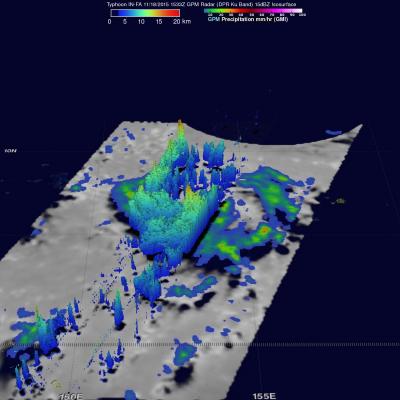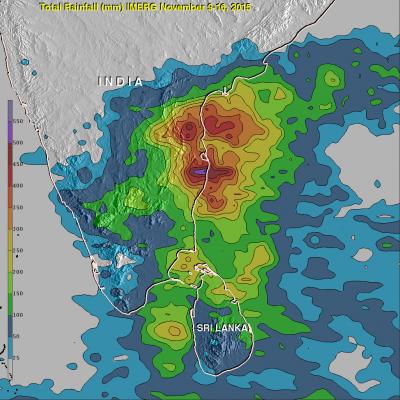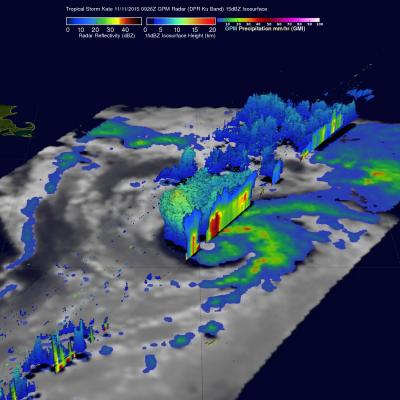India's Deadly Flooding Rains Measured By IMERG
Tropical Storm Kate Examined By GPM
Getting the Big Picture: Remote Sensing
A brief animated look at the different types of remote sensing techniques that NASA uses to study the Earth. This video discusses why we need remote sensing to study the Earth, and the differences between active and passive remote sensing from satellites. It also gives examples of different types of data NASA satellites collect about the Earth, and some of the applications of that data.
This video is public domain and can be downloaded in high resolution here.
Researchers Gear Up for OLYMPEX
The Olympic Mountain Experiment, or OLYMPEX, is a NASA-led field campaign, which will take place on the Olympic Peninsula of Washington State from November 2015 through February 2016. The goal of the campaign is to collect detailed atmospheric measurements that will be used to evaluate how well rain-observing satellites measure rainfall and snowfall from space.




